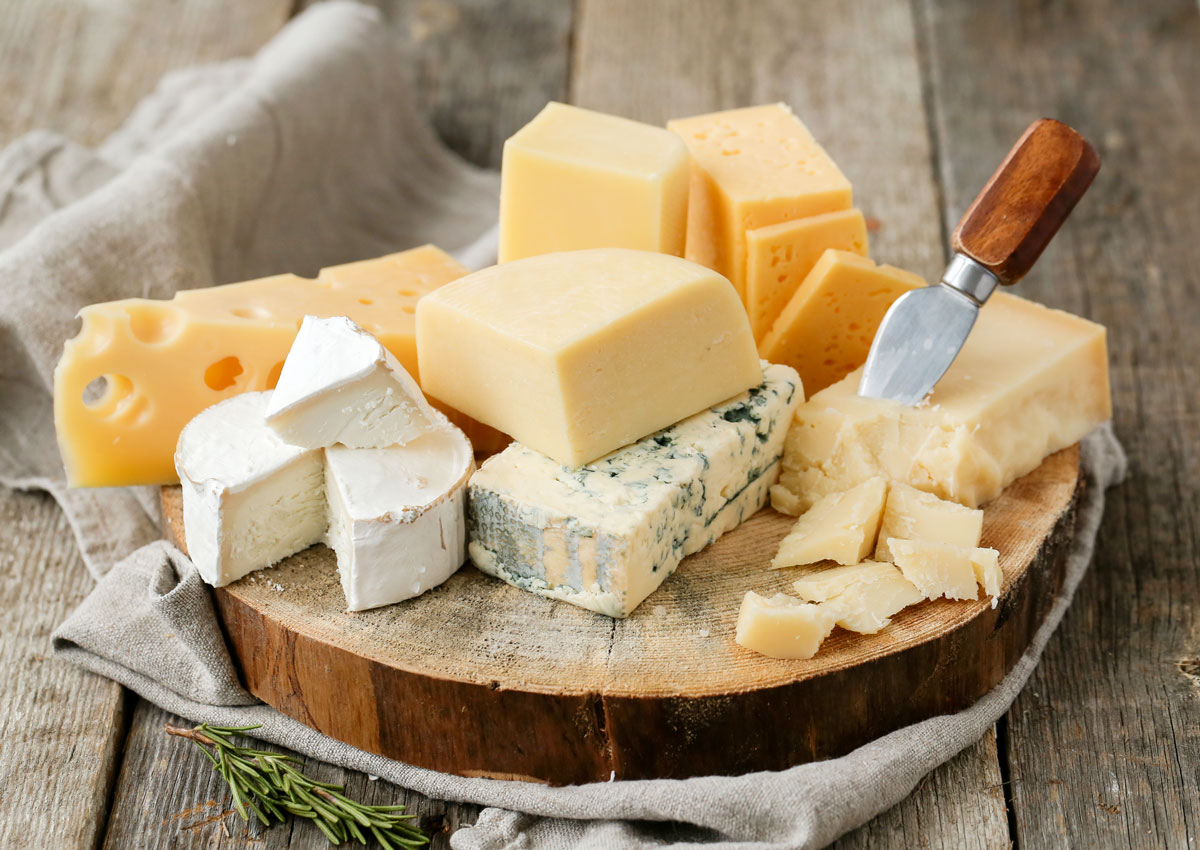After a slow start in 2019, Italy’s PDO cheeses production changed gear in the second half of the year. With few exceptions, 2019 closed with generalized increases that laid the foundations for further growth in the future.
The changes observed in recent months, in fact, highlight increases higher than the average for the year. The data also confirm that this is not a cyclical phenomenon, but a structural one: since 2005 Italian PDO cheeses production has not experienced stagnation. The overall increase was 22% with an average of +1.6% per year.
EXPORTS AND GLOBAL DEMAND ARE THE TOP DRIVING FORCES
This trend allows Italy to consolidate its position and confirm its European leadership. Not only in terms of protected Geographical Indications number, but also in terms of PDO cheese production volumes value.
The data also confirm that the top 10 Italian PDO cheeses are driving the entire system, while the products registered in recent years are struggling to take off and many small PDO productions – destined mainly for local markets – are showing signs of worrying suffering. Even in the world of protected designation cheeses, the drivers of growth are still exports and global demand.
| ITALY’S TOP PDO CHEESES | 2019 AVERAGE PRODUCTION | LATEST PRODUCTION SURVEY |
| Asiago PDO | -1.7% | -5.5% |
| Gorgonzola PDO | +2.5% | +5.8% |
| Grana Padano PDO | +4.9% | +7.2% |
| Buffalo Mozzarella PDO | +1.4% | +3.9% |
| Parmigiano Reggiano PDO | +0.9% | +2.9% |
| Pecorino Romano PDO | -20.8% | -7% |
| Provolone Valpadana PDO | +15.3% | -2.4% |
| Quartirolo Lombardo PDO | -1.8% | +22.9% |
| Taleggio PDO | +0.2% | +1.2% |
THE GROWING SUCCESS OF ITALY’S PDO CHEESES
In addition, overall Italian milk availability increased (+15,000 tons) thanks to deliveries from the four most productive regions of Italy: Lombardy, Emilia-Romagna, Veneto and Piedmont. These regions also represent the production area of the most important Italian PDO cheeses.
The growth in production required a total of 160 thousand tons of milk. This shows that the companies are increasingly specialized, as an increasing percentage of Italian milk is being diverted to the production of cheeses by a protected GI designation of origin.

